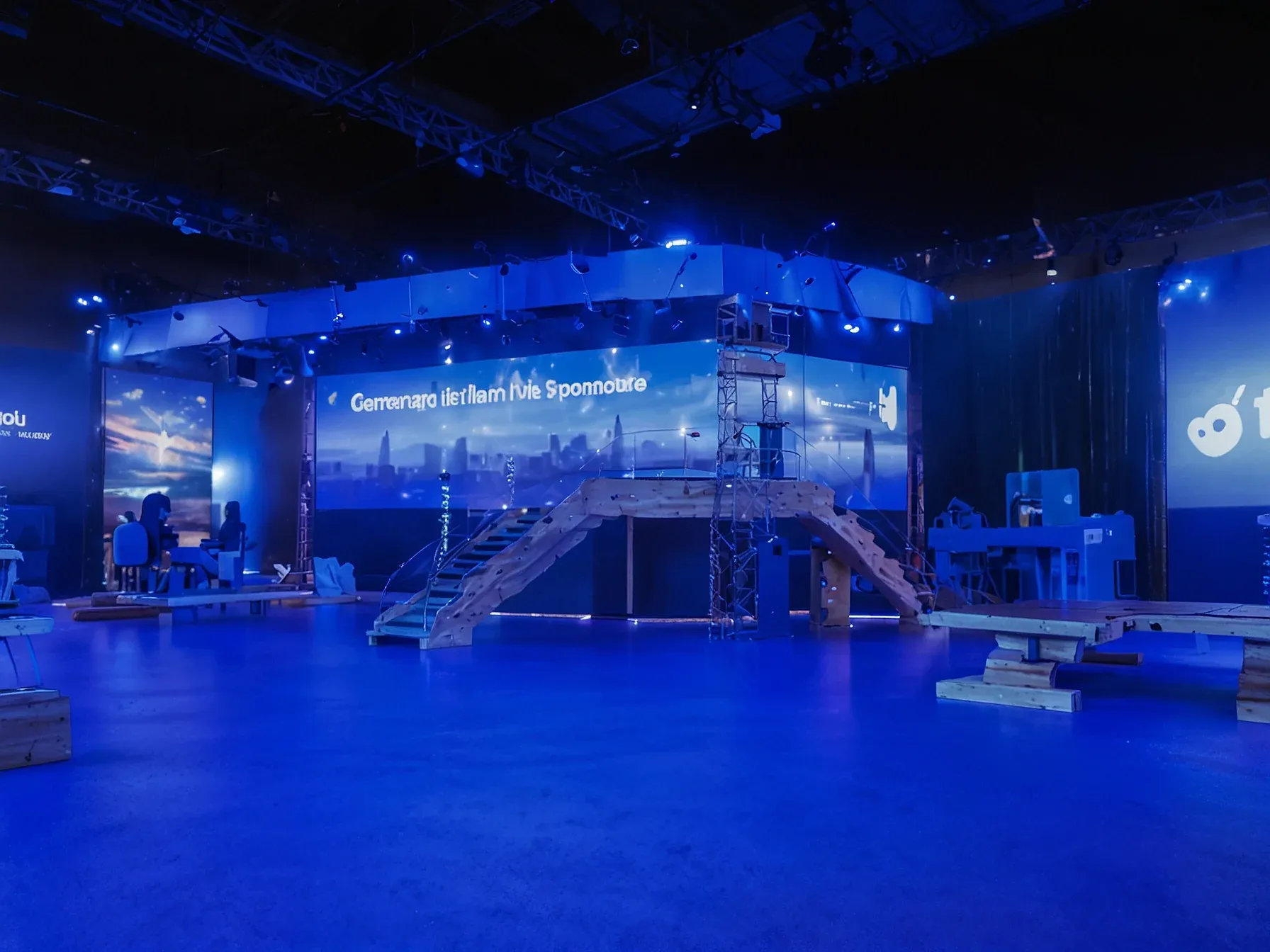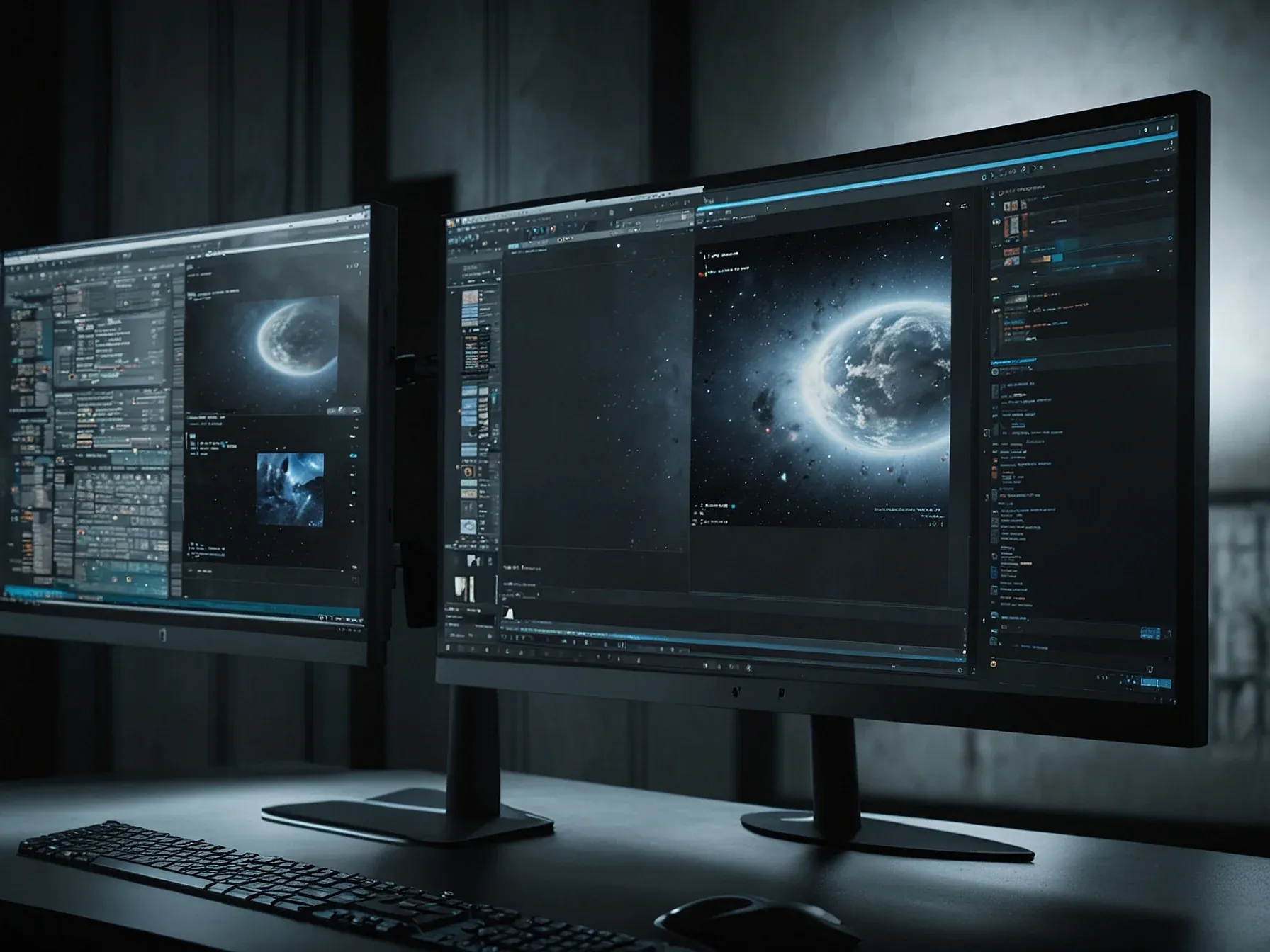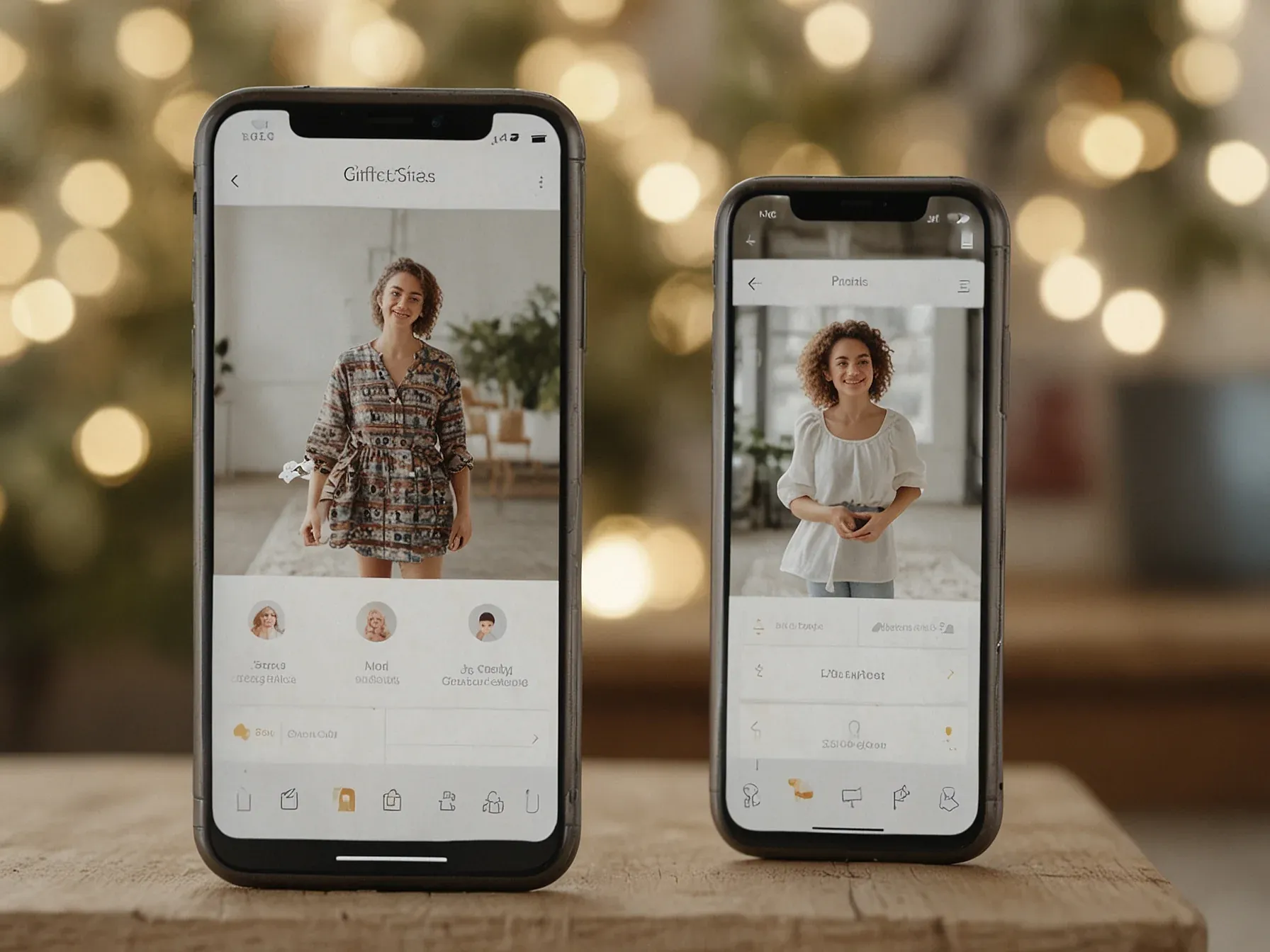
Google AI powers three new holiday experiences in art, science, travel
Google is rolling out three AI‑driven experiences just in time for the holidays, each one tucked into a different corner of its Arts & Culture platform. One invites users to step inside a museum‑style showcase where algorithms remix classic works; another lets travelers plot virtual itineraries that respond to personal interests; the third turns scientific concepts into interactive lessons. The projects arrive under a banner that blends creativity with machine learning, promising a blend of surprise and education.
While the tech is impressive, the real question is how these tools will shape casual curiosity during a season when people are looking for fresh ways to explore. Here’s the thing: Google frames the rollout as more than a gimmick. It’s positioned as an experiment in how AI can make learning feel playful and unexpected.
We believe curiosity is universal, and our artists in residence are constantly exploring how technology can help spark it. Today, we're sharing three new experiments that use Google AI to create fun, unexpected, and creative ways to learn. Learn Everything from a scientific lens.
We believe curiosity is universal, and our artists in residence are constantly exploring how technology can help spark it. Today, we're sharing three new experiments that use Google AI to create fun, unexpected, and creative ways to learn. Learn Everything from a scientific lens Google Arts & Culture Lab Artist in Residence Gaël Hugo explores how photos from our everyday life can help us understand complex topics.
Just take a picture of something around you--a plant, a coffee cup, a burger, your pet--and pick a topic you want to learn about. Using Google AI, an explanation of that topic is generated, using your photo as a visual metaphor.
Can these playful demos translate into lasting learning? Google Arts & Culture rolls out three AI‑driven holiday experiences—an animated cat explaining relativity, a selfie‑to‑travel‑toon converter, and a real‑time chat with an artwork. The company frames them as “fun, unexpected, and creative ways to learn,” echoing its broader mission to make culture accessible and to spark universal curiosity.
Artists in residence have apparently been testing the boundaries of what Google AI can do in art, science and travel contexts. Yet the rollout offers little detail on how the interactions are measured or whether they deepen understanding beyond novelty. The experiments lean heavily on novelty; whether they become more than seasonal curiosities remains unclear.
Google’s statements suggest confidence in the concept, but concrete evidence of educational impact is absent. As the features debut this holiday season, users will decide if the novelty holds value or fades once the initial wonder subsides.
Further Reading
- Google launches AI-powered cultural learning experiments - Google Official Blog
- Google Arts & Culture Elevates Virtual Travel with AI Tours - StartupHub AI
- Google introduces new AI travel planning tools for summer 2025 - Travel Tomorrow
- Google Arts & Culture: Discover New AI Experiments - Google Official Blog
- AI-driven experiences in cultural and creative industries - Taylor & Francis Online
Common Questions Answered
What are the three AI‑driven holiday experiences Google launched on its Arts & Culture platform?
Google introduced an animated cat that explains relativity, a selfie‑to‑travel‑toon converter that creates virtual itineraries, and a real‑time chat feature that lets users converse with artworks. Each experience blends machine learning with creative storytelling to make learning fun during the holidays.
How does the selfie‑to‑travel‑toon converter personalize virtual itineraries for users?
The converter analyzes a user's uploaded selfie and extracts visual cues such as clothing, background, or accessories to infer personal interests. It then generates a custom travel storyboard that highlights destinations and activities aligned with those inferred preferences.
Who is Gaël Hugo and what role does he play in the new Google AI experiments?
Gaël Hugo is an artist in residence at the Google Arts & Culture Lab who explores how everyday photos can illustrate complex scientific concepts. His work demonstrates how Google AI can transform ordinary images into interactive lessons, such as turning a picture of a plant into a lesson on photosynthesis.
What educational purpose does the animated cat serve in the holiday AI demos?
The animated cat acts as a playful tutor that explains Einstein's theory of relativity in simple, visual terms. By using humor and animation, it aims to make a challenging scientific topic accessible to a broad audience, aligning with Google's goal of universal curiosity.




